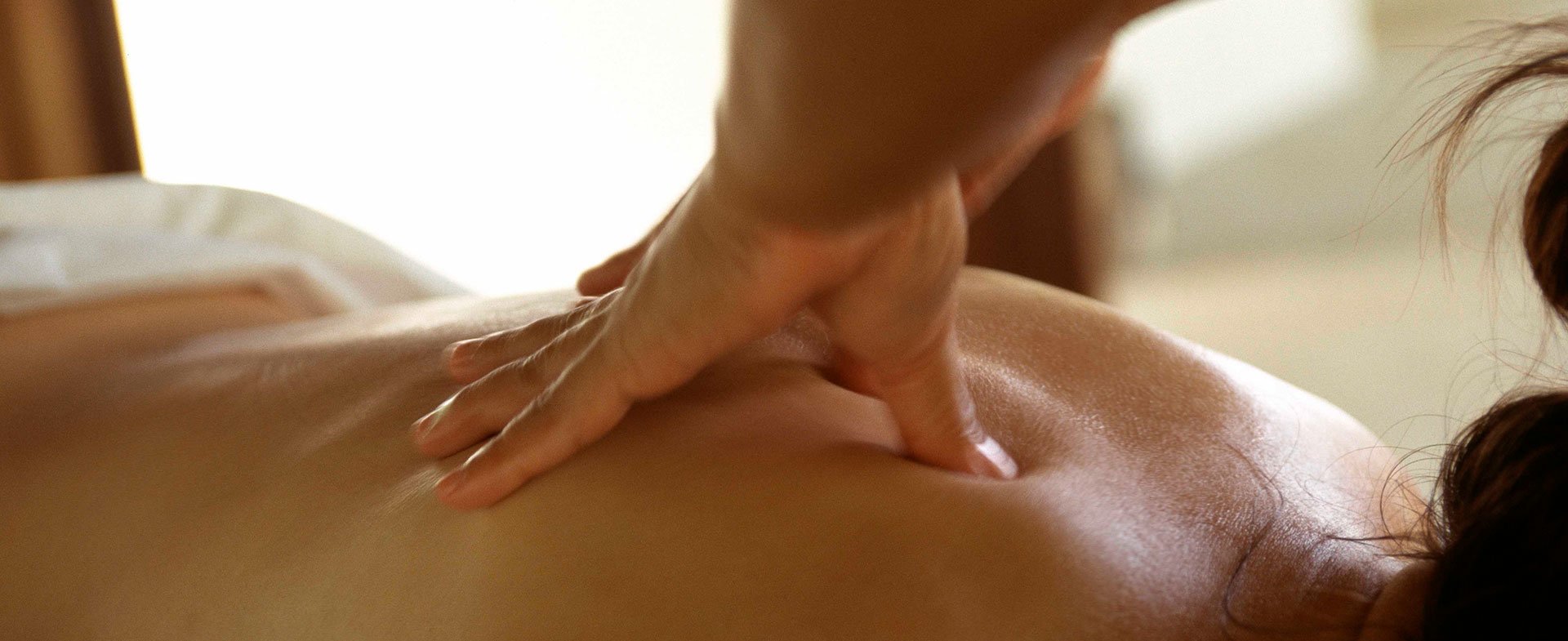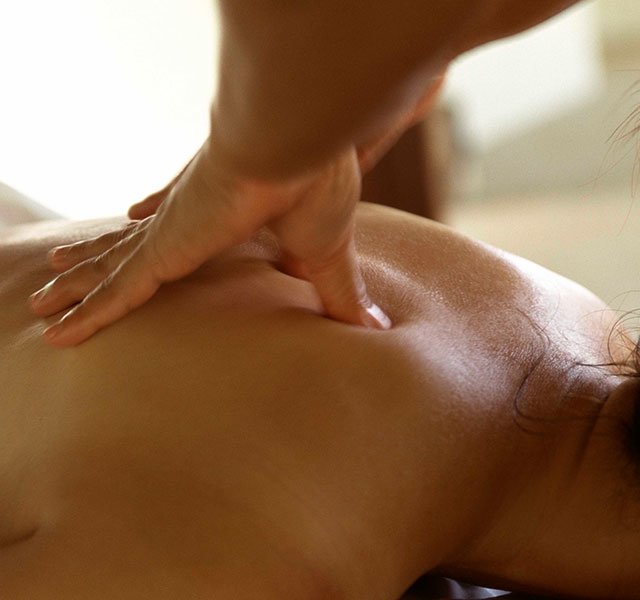There are more than 300 different types of massage. Depending which type you choose, getting a massage could be the fastest way to help you relax and work muscles that are sore from work, play or the stresses of everyday life.
Massage Basics
You might think of massage as a luxury you can’t afford, but a growing body of research suggests it plays a key role in health and wellness. Since so many of us spend our days hunched over a screen, massage offers a much-needed release of daily stressors and help with overall well-being.
“Massage treats the whole body. It’s all connected,” says Kathryn Glad, a licensed massage therapist at Henry Ford Center for Integrative Medicine. “So, if your therapist is working the muscles in your upper back, you’ll feel the benefits in other parts of your body, too.”
Interested in getting a massage, but not sure what to expect? Glad offers answers to your most pressing questions.
Q: What will happen during the massage?
A: Most therapists ask you to lie on your stomach to start, so they can massage your back, glutes and hips first. Then, they’ll ask you to flip over so they can focus on your neck, shoulders, arms, hands and feet.
Q: What is the best way to prepare for a massage?
A: First, take a shower — as much for your therapist’s benefit as your own. Then, drink a lot of water both before and after your massage appointment. Since your muscles are about 75 percent water, sipping fluids throughout the day can support them during the massage and enhance recovery. I typically suggest patients drink eight 8-ounce glasses of water. Water not only hydrates the muscles, but it also jump-starts your lymphatic system. In addition, when muscles are bound up by lactic acid (which is what produces that sore muscle feeling when you’re stiff or worked out too hard), drinking water in tandem with a massage can help reduce the lactic acid buildup, improve circulation and promote the body’s natural repair process.
Q: Do I need to get undressed?
A: Only as much as you want to. Therapists work according to industry standards, so a sheet or drape will cover your body for the duration of your massage. Your massage therapist will also offer advice about how much you should undress to allow access to the areas of focus for the massage session. But that is only advice; you should do everything based on your comfort level. It’s your time and your massage. Some people prefer to get a massage over their clothing. If you choose this option, wear something stretchy and form-fitting (like leggings) so your massage therapist doesn’t have to work around or through bulky clothing.
Q: Will it hurt?
A: A massage should never hurt. If your muscles are really tight and you choose a deep tissue massage, which is designed to get into the muscle tissue and release pressure, you may experience some soreness at the point of contact. But our goal is to help you heal, not cause you discomfort. Throughout the massage, your therapist should ask you whether the pressure feels good, or if you would like more or less pressure.
Q: What are some of the health perks of massage?
A: The most obvious benefit of massage therapy is relaxation, but that’s certainly not its only asset. In addition to relieving stress and tension, massage therapy offers the following boosts to your health:
- Improved sleep
- Better mood
- Fewer headaches
- Less joint and muscle pain
Massage may also improve your immune system by circulating lymph (a fluid that contains white blood cells) through the body and flushing out toxins.
Q: How will I feel when it’s over?
A: Relaxed. You might even feel like you’ve had a sort of Zen experience or fall asleep. Sometimes people experience an emotional release and cry on the table.
Q: Is there anyone who should NOT get a massage?
A: Almost everyone can benefit from a massage. If we’re working with people with cancer, who have been burned, or the elderly, we take special precautions to avoid trouble spots. For example, if you’re undergoing chemotherapy, we might give you a hand and foot massage, but stay away from your limbs and trunk. Similarly, if someone has a fresh burn or non-healing wound, we avoid that area. People who have severe osteoporosis and those who have a bleeding disorder may not be candidates for massage. Women who are in their first trimester of pregnancy should also avoid massage, but after the 12-week mark, massage can work wonders in supporting their health and reducing the aches and pains that come from carrying a baby.
Keep It Safe
There’s no doubt massage can be healing, but you should always talk to your doctor before scheduling an appointment. In rare cases, massage can be a risky prescription. Visiting a doctor may also help save you money on massage services following an accident.
“If you get a doctor’s referral, your insurance company will probably cover the cost of massage for motor vehicle or workman’s compensation claims,” says Glad. Most health insurance companies in the state of Michigan are not providing massage therapy as a covered benefit just yet. A referral is not needed if you are a patient that is paying out-of-pocket for massage sessions.
Do-It-Yourself
If your busy schedule doesn’t allow for a visit to the massage therapist, or if you’re between visits, give your muscles some tender loving care at home. Use a simple foam roller or a tennis ball to work out sore muscles. Just lie down against the roller and move all around to find relief. Then hop in an Epsom salt bath to relax further.
For more information about massage therapy or other integrative medicine programs or to make an appointment, visit HenryFord.com/CIM.
Kathryn Glad is a board-certified, licensed massage therapist with experience in both clinical and spa settings. She offers a variety of massage styles designed to fit each patient’s unique needs, and her specialties include deep tissue, prenatal, oncology, aromatherapy, Thai, Swedish and reflexology.



